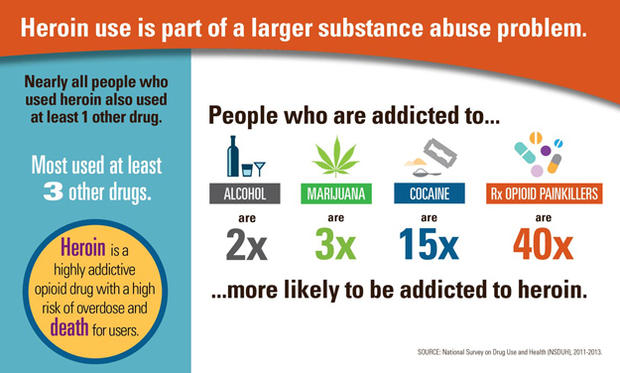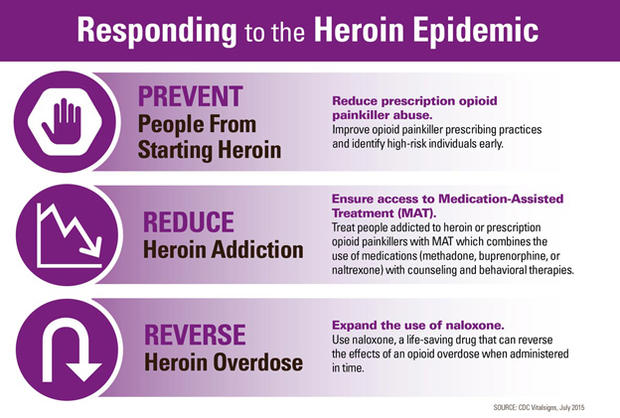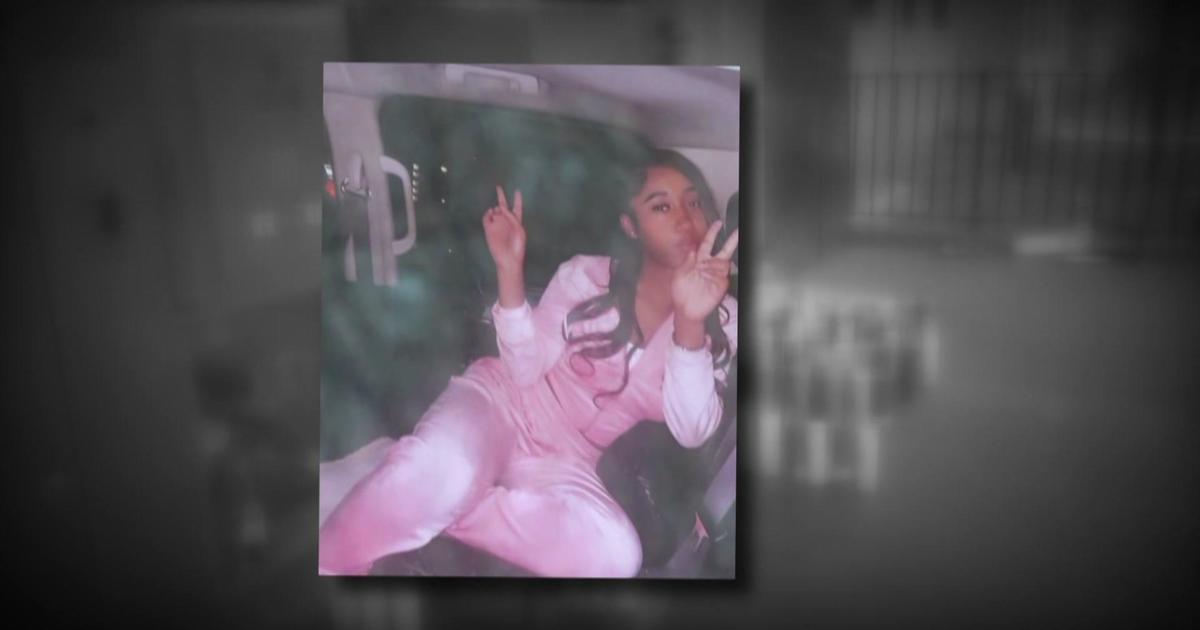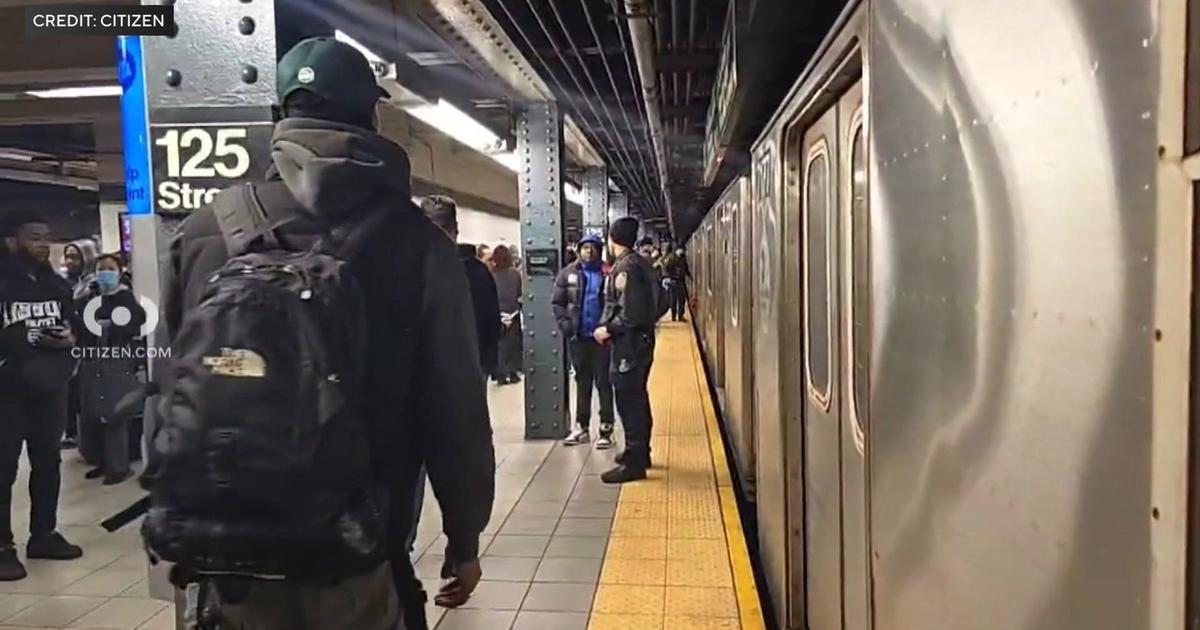Generation 'H': The Gateway Drugs -- Is Heroin the Real Problem?
By 1010WINS.com Reporter Rebecca Granet
NEW YORK -- According to the CDC, 2014 saw the highest number of drug overdose deaths than any other recorded year, and opioids were involved in 61 percent of those fatalities. The CDC report says, "past misuse of prescription opioids is the strongest risk factor for heroin initiation and use."
In fact, addiction specialists, law enforcement officials, and psychologists who spoke to 1010WINS.com agree that prescription opioids are today's main gateway drugs to heroin. That is a dramatic change. According to the National Institute on Drug Abuse, more than 80 percent of "people entering treatment for heroin addiction" started directly with heroin use in the 1960s. In a near complete reversal, more than 75 percent of heroin addiction in the 2000s began with a prescription opioid. The table below illustrates the marked difference over the decades:
One possible explanation for the dramatic shift is the rise in access to these prescription painkillers. From 1991 to 2011, NIDA says U.S. pharmacies went from dispensing 76 million opioid prescriptions to 219 million prescriptions, and "opioid-related deaths" almost tripled in that same timeframe. The CDC says in 2012, "healthcare providers wrote 259 million prescriptions for painkillers...enough for every American adult to have a bottle of pills."
"There is an abundance of prescription painkillers, which are often over prescribed, not used by intended users, and innocently stored in medicine cabinets," Captain Juan Colon, of the New Jersey State Police, said. "These medications have gained popularity among teenagers seeking to get high from readily available 'safe' drugs."
Dr. Jeffrey Reynolds, President of Family & Children's Association in Mineola, said there's a reason these prescription pain medications have gotten so popular.
"Painkillers work great on physical pain," he said. "They also work really good for psychological pain too, and it takes all of that away."
Addiction specialist, Dr. Dana Jane Saltzman of NYC Suboxone likens these prescription painkillers to "really dangerous candy" and says many doctors prescribe the drugs without explaining the potential implications of their use to the patient.
"Maybe there could be 60 pills in the bottle and they're out of pain within a few days," she said." "[It doesn't happen to everyone] but before they know it, [many people] are addicted."
She says the majority of heroin users that she treats started on the prescription opioid pain relievers. Saltzman says they often make the switch to heroin for several reasons, including price and easy access. A bag of heroin can be sold on the street for $5-$10. Saltzman says one OxyContin pill, for example, can be $30-S40. When the need for more pills grows, the costs go up significantly and heroin becomes the cheaper alternative.
NIDA says "prescription opioid pain medications...can have effects similar to heroin when taken in doses or in ways other than prescribed." But once the prescriptions run dry, the addictive nature of the drugs leads users to turn to other options, which in many cases, becomes a heroin habit.
"Painkiller users often believe they wouldn't snort heroin," Colon said. "Those that snort heroin often believe they wouldn't inject heroin. Ultimately, they do."
As illustrated by the chart below, the CDC says addressing the heroin crisis includes "reduc[ing] prescription opioid painkiller abuse."
The CDC also suggests that states look at ways to expand the use of prescription drug monitoring programs and "access to substance abuse treatment" in order to help curtail prescription opioid overdoses.
NEXT SECTION | RETURN TO MAIN PAGE | MORE GENERATION 'H' ARTICLES






